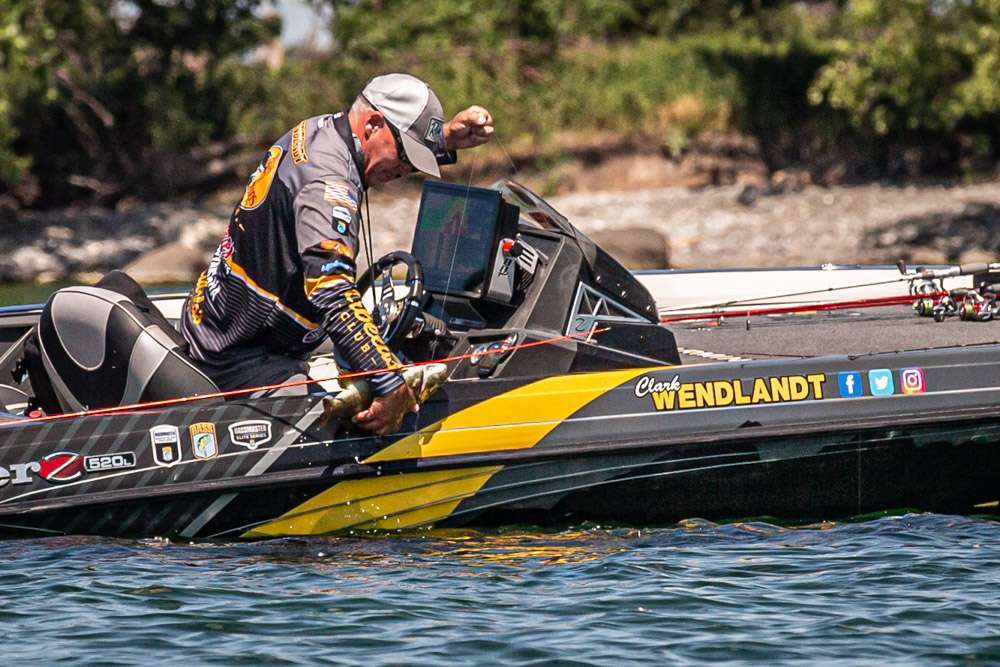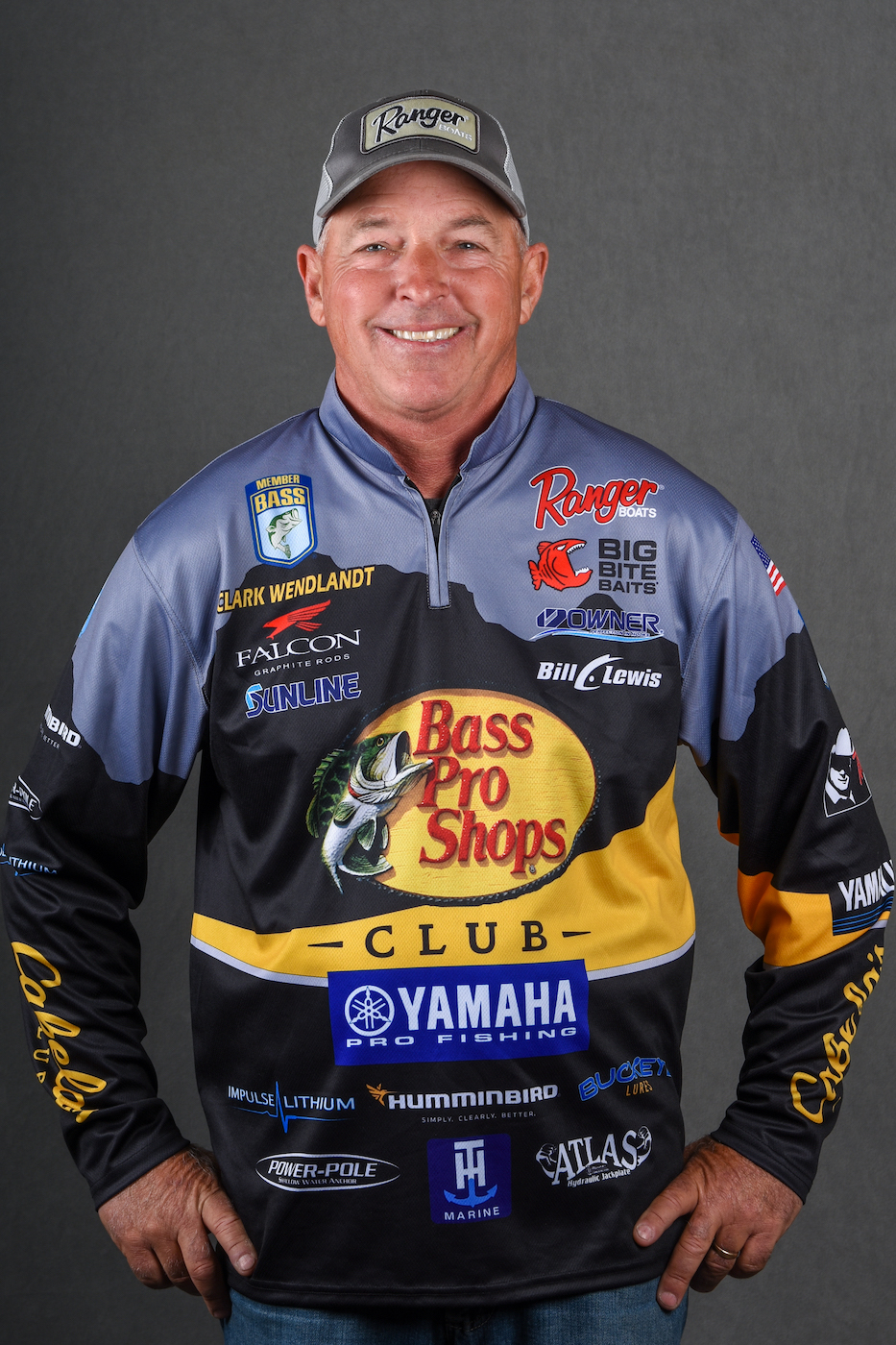
We’re entering that time of the spring in some parts of the country when the fish are transitioning and it’s time to change tactics.
Everyone knows the early prespawn is a fun time to fish. The bass are gorging themselves in preparation for the demanding spawn period.
I’m throwing a lot of winding baits, like crankbaits, bladed jigs, spinnerbaits and swimbaits during that period. My mindset is moving baits are going to be most productive and allow me to cover more water. The fish are aggressive and will chase down anything that gets close.
It’s a fun time to fish. But it can change. Quickly.
When the fish transition into the actual spawn, it’s time to put away the fast movers and pick up more vertical presentations, such as a wacky-rigged plastic, a finesse worm or flipping jig.
The fish aren’t in a chasing mood, and you need to put a bait closer to them to get them to bite.
Although time of year and length of days play a role in triggering the spawn, my primary clue is water temperature. When I start seeing the water consistently rise to 60 degrees and up, there’s a good chance the fish are going to lock down and not chase.
In other words, there’s really no other choice but to use slower baits.
Of course, this doesn’t happen lake-wide. The backs of creek warm first while the main lake may still be in the 50s. Those lake fish might still be chasing bait in the colder water while fish in the backs of creeks or sheltered pockets are busy spawning. On large creeks, you may find the frontend cooler than the back, so the water temperature gauge can be one of your most valuable tools.
And remember, the bite can change within the day. I’ve had spring days when I was catching them on a crankbait in the morning but had to switch to a weightless worm that afternoon.
A moving bait that can work in some spawning situations is a topwater. It may catch the female that isn’t on the bed but is sitting off the side waiting until it’s time to lose her eggs.
Another one of my favorite techniques for searching for spawners is to pitch a soft plastic bait around the shoreline or into individual cover that a bass might spawn against.
The key to all of this is you have to keep yourself honest and aware of changing conditions, especially the water temperature. When the bite dissipates and you see the temperature climb into the 60s, it’s time do what the fish do — go to the bank, slow down and fish with more targeted presentations.

